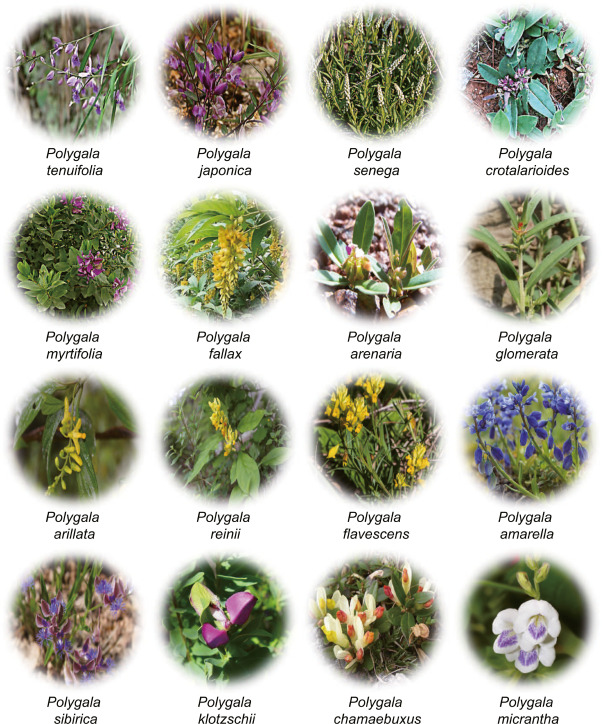Okay, here’s my attempt at a blog post about my experience with Xiang Jia Pi, mimicking the style you described.
Alright folks, let me tell you about my little adventure with Xiang Jia Pi. You know, that herb everyone keeps talking about? I finally got my hands on some and decided to see what all the fuss was about.
First off, finding the stuff wasn’t exactly a walk in the park. I went to like three different herbal shops before I finally found one that actually had it. The guy behind the counter looked at me kinda funny when I asked for it, like I was some kind of weirdo. Whatever, I got my Xiang Jia Pi!
So, I got home, did a little digging online (because, you know, gotta be careful with this stuff), and decided to make a tea. I figured that was the easiest way to start. I threw a handful of the Xiang Jia Pi into a pot with some water, brought it to a boil, and then let it simmer for a good 20 minutes. My kitchen smelled kinda earthy, which wasn’t bad, actually.

Now, the taste…whew! Let’s just say it’s not exactly what you’d call “delicious”. It’s kinda bitter, kinda woody, and has this weird aftertaste that lingers for a while. I choked it down though, because I was determined to see if it actually did anything.
I’d heard it was good for aches and pains, especially in the joints. I’ve been having some knee problems lately, so I was hoping it would help. I drank the tea for about a week, once a day. Honestly, I didn’t notice a huge difference. My knee still hurt, maybe a little less, but it could have just been my imagination.
But here’s the interesting thing. I also have trouble sleeping sometimes, and I noticed that I was sleeping a little better while I was drinking the tea. I was falling asleep faster and not waking up as much during the night. Maybe it was the Xiang Jia Pi, maybe it was just a coincidence, but I’ll take it!
I also tried making a poultice. I ground up some of the Xiang Jia Pi with a mortar and pestle, mixed it with a little water to make a paste, and then applied it directly to my knee. I wrapped it up with a bandage and left it on overnight. That actually seemed to help a little more with the pain, but it was also kinda messy and smelled pretty strong.

So, overall, my experience with Xiang Jia Pi was mixed. It wasn’t a miracle cure, but it did seem to have some mild benefits. I’m not sure I’d go out of my way to drink that tea again (that taste!), but I might consider using the poultice if my knee is really acting up.
Listen, I’m no doctor, so take everything I’m saying with a grain of salt. If you’re thinking about trying Xiang Jia Pi, do your research and talk to a healthcare professional first. It’s always better to be safe than sorry. And hey, if you have any experiences with Xiang Jia Pi, let me know in the comments! I’m always curious to hear what other people have to say.
A few quick takeaways:
- Finding it can be tricky.
- The tea tastes…interesting.
- Might help with sleep.
- Poultice might be better for pain.
That’s all for now, folks. Happy experimenting!

